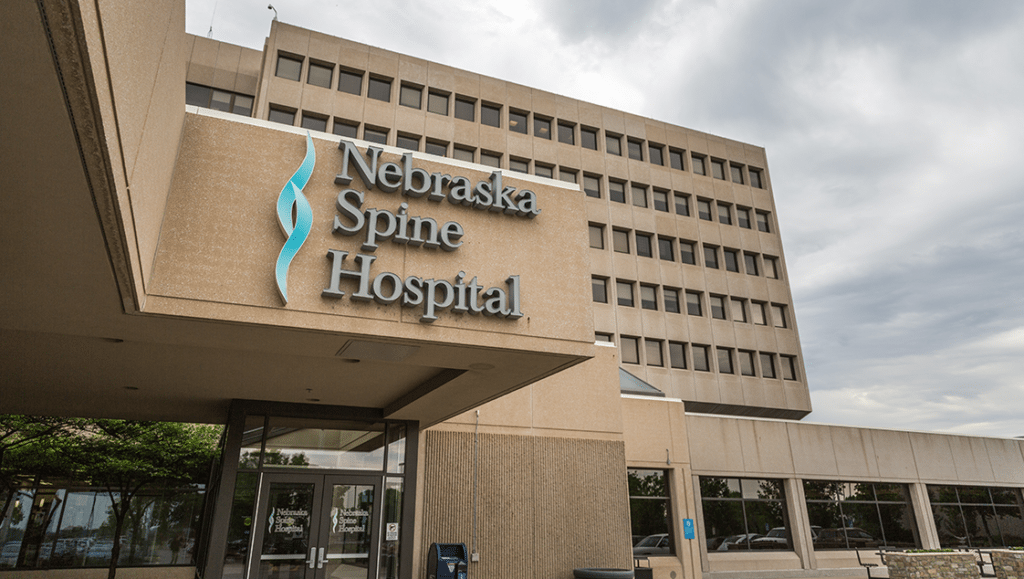Lumbar spondylolisthesis is when one of the bones in your spine slips forward and out of place causing lower back pain and numbness or weakness in one or both legs. Lumbar spondylolisthesis is the most common form of spondylolisthesis, though it can occur along different areas of the spine.
According to WebMD, the symptoms that occur are lower back pain, numbness and weakness in one or both legs, and in rare cases, loss of bladder and bowel control. Some people have no symptoms at all and don’t realize that they have lumbar spondylolisthesis until years have passed. Each patient is different.
There are several things that can cause lumbar spondylolisthesis. A few causes are defective joints that a patient has had since birth, stress fracture, joint damage caused from arthritis, or trauma or injury to the spine.
Lumbar spondylolisthesis can affect a wide range of people. Teenagers that are involved in sports can be affected if the sport they are doing overuses their back muscles. For example, a teenager that lifts weights that are too heavy for them, or a gymnast doing several back bends stressing out their back can develop spondylolisthesis. Older adults can also develop spondylolisthesis due to age and stress on the back.
When a patient is being evaluated for lumbar spondylolisthesis, they may receive a CT scan, a MRI , or other imaging to find out where the damage is. The physician will develop a conservative care treatment plan that can include:
- Oral medications such as ibuprofen or naproxen to provide anti-inflammatory relief
- Physical therapy to build up the core muscles and help protect the back
- In some cases, surgery would be indicated for treating lumbar spondylolisthesis.
There are two different types of surgery that a patient can go through for this condition. The first would be decompression surgery. According to WebMd, a surgeon would need to “remove the bone or other tissues to take the pressure off the spinal cord or nerves.” Or a surgeon could fuse the bones back into their proper position. Depending on the patient, sometimes both decompression and fusion surgeries are done at the same time.









